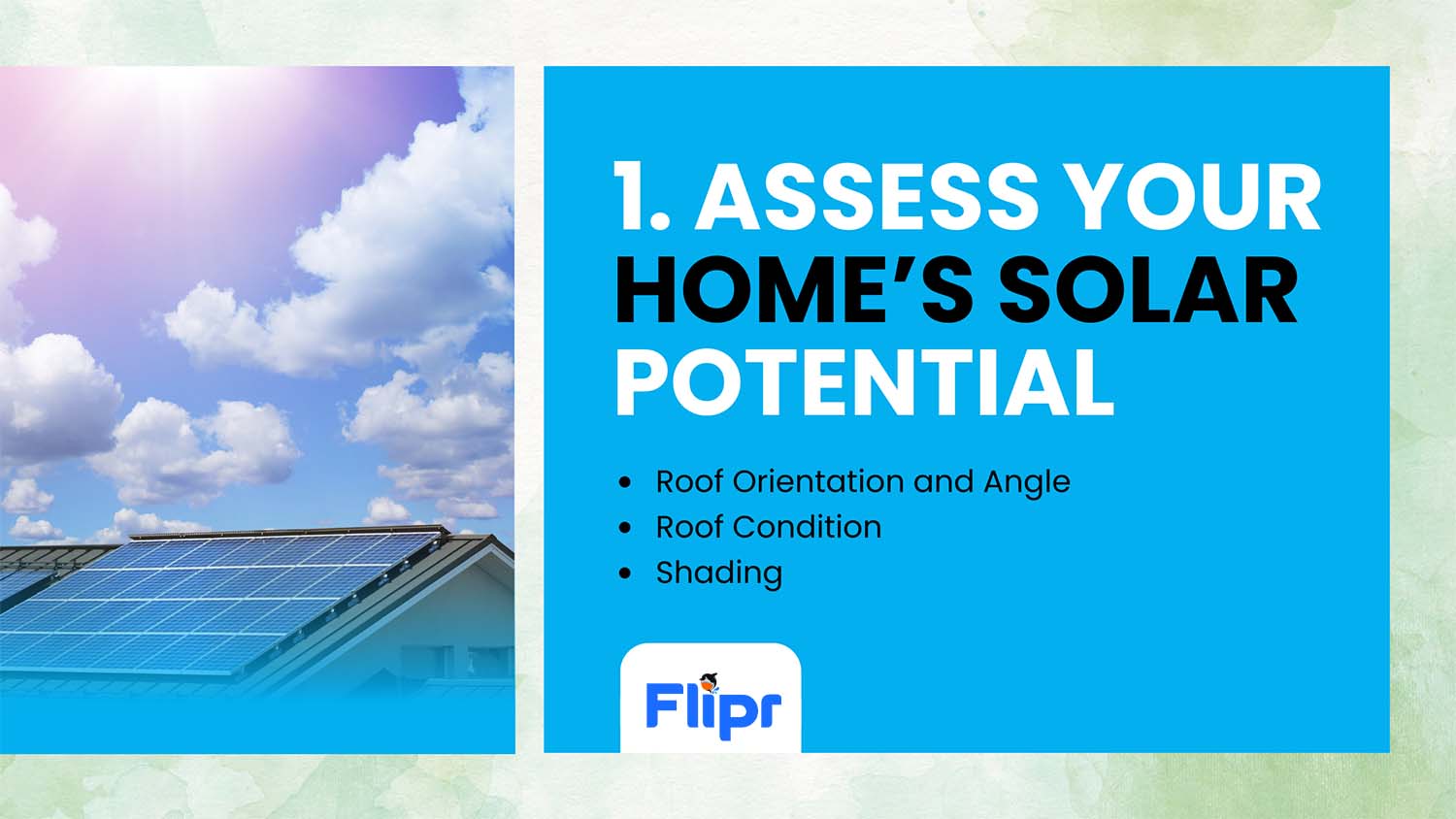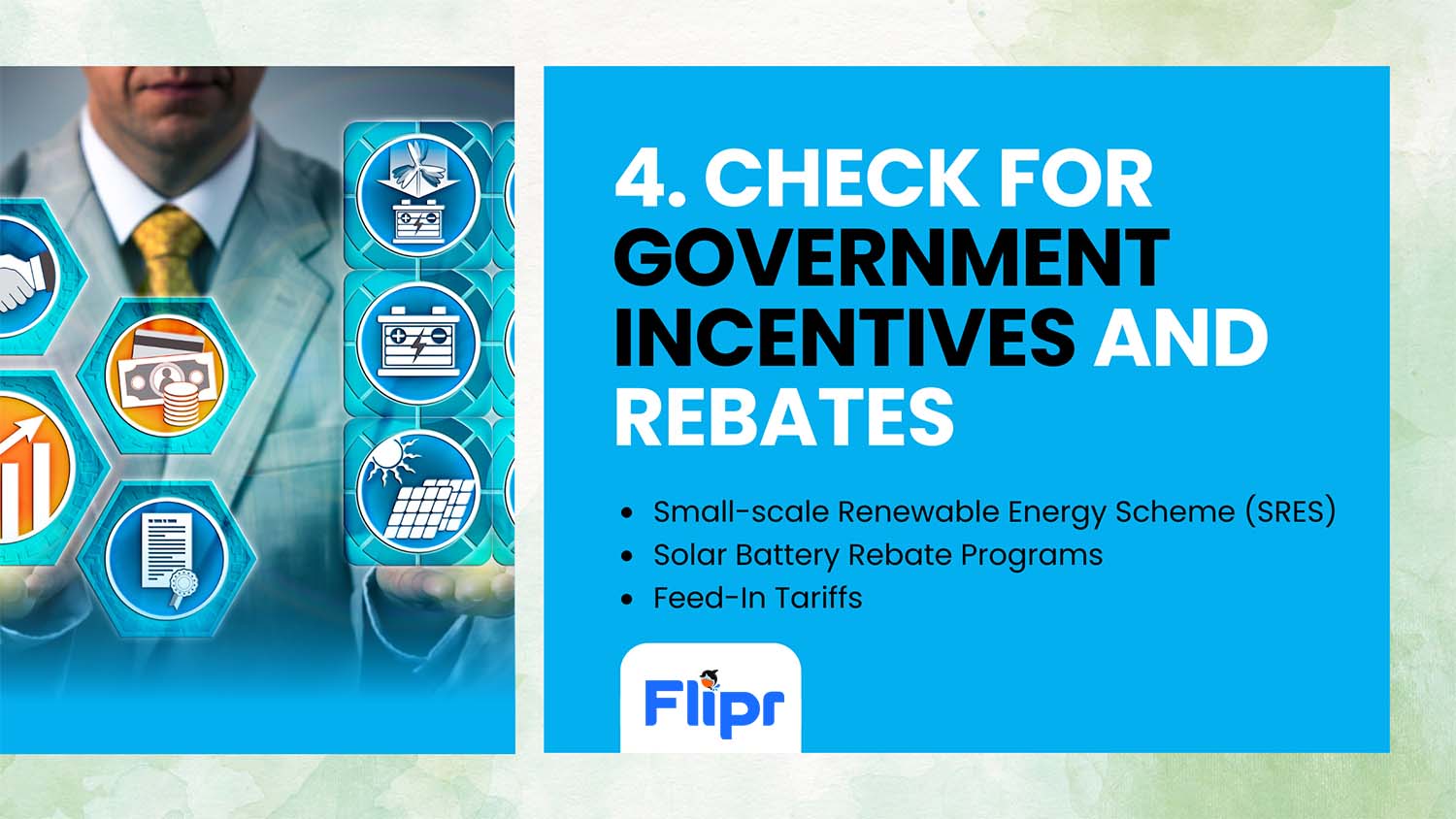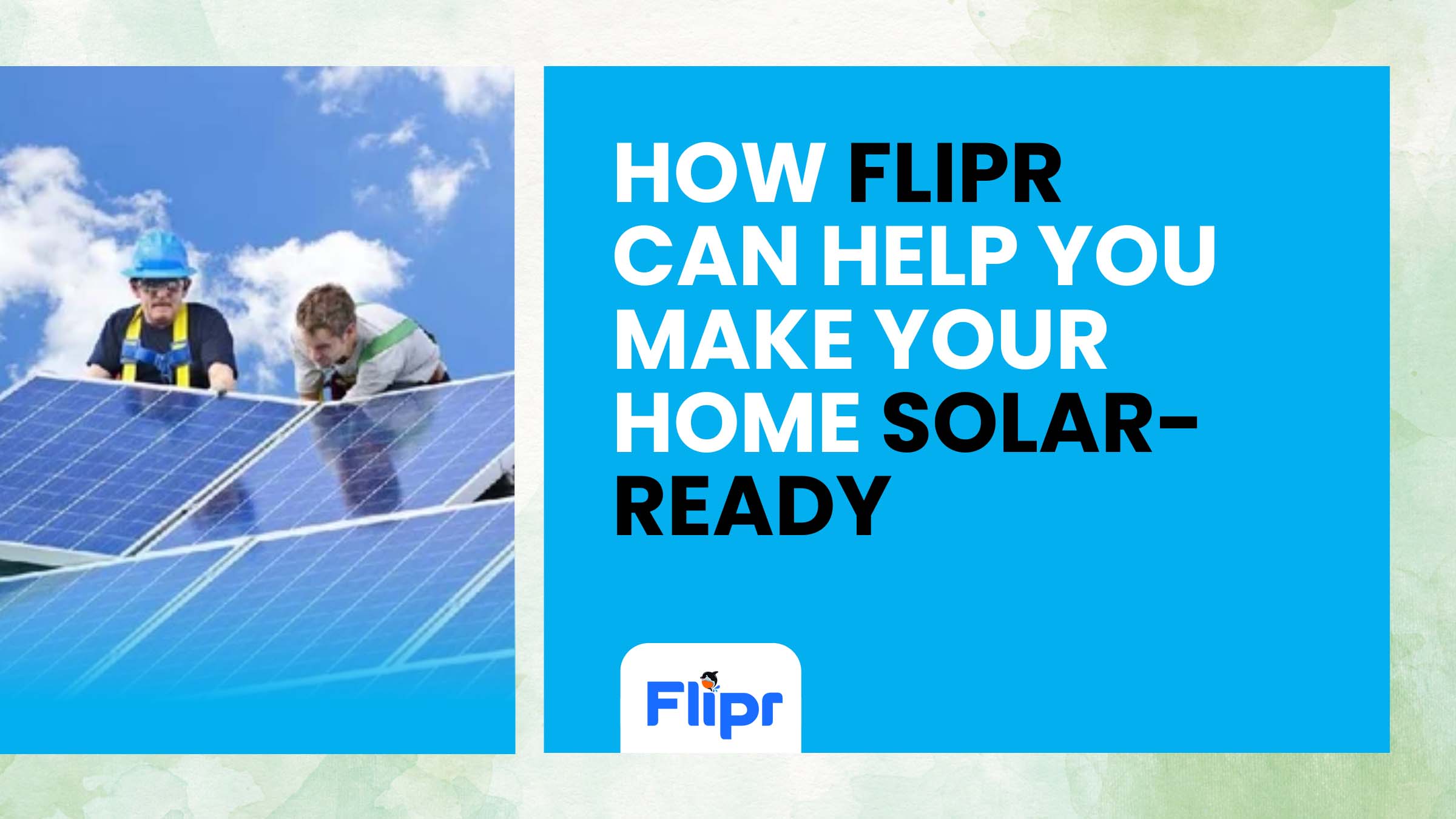How to Make Your Home Solar-Ready in 2024

As Australia continues to shift towards more sustainable energy sources, solar power remains one of the most popular and eco-friendly options for homeowners. By 2024, advancements in solar technology, energy storage systems, and government incentives are making solar energy more accessible than ever. Whether you’re planning to install solar panels this year or preparing for a future upgrade, it’s essential to ensure your home is solar-ready.
In this blog, we’ll guide you through the steps to make your home solar-ready in 2024, helping you reduce your energy bills, lower your carbon footprint, and contribute to Australia’s renewable energy goals.
1. Assess Your Home’s Solar Potential

Before making any changes, it’s essential to assess whether your home is a suitable candidate for solar energy. Consider the following factors:
Roof Orientation and Angle
For maximum energy generation, solar panels should ideally be installed on a roof that faces north in the Southern Hemisphere. A north-facing roof ensures your panels will receive the most sunlight throughout the day. Additionally, a roof with an angle between 20 and 30 degrees will provide the best efficiency.
Roof Condition
Ensure that your roof is in good condition before installing solar panels. Solar systems are a long-term investment, and having a roof that needs repairs or replacement could lead to additional costs down the road. If your roof is older or damaged, consider making repairs or replacement before installation.
Shading
Check for any trees, buildings, or other obstructions that may cause shading on your roof during peak sun hours. Shading can drastically reduce the efficiency of your solar panels, so it’s important to minimize it as much as possible. If there is shading, it may be worth trimming trees or relocating obstacles to ensure the maximum amount of sunlight reaches your panels.
2. Upgrade Your Electrical System

A critical aspect of preparing your home for solar panels is ensuring your electrical system is up to the task. This includes your meter box, wiring, and circuit breakers. Here’s what you need to check:
Smart Meter Installation
To make the most of solar energy, a smart meter is often required. This allows you to monitor and manage your energy consumption, track excess energy sent back to the grid, and potentially receive credits for it. If you don’t already have a smart meter, check with your electricity provider about installing one.
Inverter Compatibility
The inverter converts the DC electricity produced by solar panels into AC electricity that can be used in your home. Make sure your inverter is compatible with the size and type of solar system you plan to install. Your solar installer will guide you on the best inverter options for your needs.
Circuit Breaker and Wiring Upgrade
If your home’s electrical system is outdated or doesn’t meet the current standards, an upgrade may be necessary. A licensed electrician can assess your system and make the necessary adjustments to ensure your home is ready for solar panel installation.
3. Explore Solar Battery Storage Options

While solar panels can generate electricity during the day, the energy produced can go to waste at night unless you have a way to store it. Solar batteries allow you to store excess energy during the day for use during peak hours, reducing your reliance on the grid.
In 2024, battery storage technology has become more affordable, efficient, and integrated with solar systems. Some of the most popular battery storage systems in Australia include:
- Tesla Powerwall
- SonnenBatterie
- LG Chem RESU
Having a solar battery storage system not only maximizes your solar energy use but also provides backup power in case of grid outages.
4. Check for Government Incentives and Rebates

The Australian government offers various incentives, rebates, and feed-in tariffs to encourage households to make the switch to solar energy. These incentives can significantly reduce the upfront costs of installing solar panels and battery storage systems. In 2024, expect continued federal and state-based initiatives such as:
- Small-scale Renewable Energy Scheme (SRES): Provides rebates for the installation of solar panels and solar water heating systems.
- Solar Battery Rebate Programs: Various states offer rebates or subsidies for installing solar batteries to store energy.
- Feed-In Tariffs: Many states offer feed-in tariffs, where homeowners can sell excess energy back to the grid at competitive rates.
To take full advantage of these incentives, be sure to research the latest programs available in your state and work with a reputable solar installer who can guide you through the application process.
5. Choose a Reliable Solar Provider

Once you’ve assessed your home’s suitability for solar and upgraded your electrical system, the next step is selecting a reputable solar provider. Look for a company with a strong track record, quality products, and excellent customer support. Consider the following:
- Solar Panel Brands: Choose high-quality, durable solar panels from trusted brands such as SunPower, Canadian Solar, or Jinko Solar.
- Warranty and Support: Ensure the provider offers a comprehensive warranty and ongoing support.
- Installation and Service: Check that the company provides professional installation and maintenance services.
6. Monitor and Optimize Your Solar Energy Use

After installation, it’s important to regularly monitor and optimize your energy usage to get the best return on your investment. Consider using energy management tools and apps that allow you to track solar production, monitor battery storage levels, and adjust consumption patterns. Additionally, smart home devices, such as energy-efficient thermostats, can help optimize your overall energy use.
How Flipr Can Help You Make Your Home Solar-Ready

At Flipr, we understand the importance of saving money while transitioning to cleaner energy sources. We offer comprehensive tools to compare energy providers, including those offering solar-friendly rates and incentives. Whether you’re interested in solar panels, battery storage systems, or energy plans that complement your renewable setup, Flipr can help you find the best deals to maximize your investment.
Why Choose Flipr?

- Expert Advice: Get personalized recommendations for solar providers, battery storage solutions, and the best energy plans.
- Comparison Tools: Use our platform to compare rates from top energy providers and solar installers, ensuring you get the best value.
- Sustainability Focus: Align your energy needs with eco-friendly, renewable options to reduce your carbon footprint.
Conclusion

Making your home solar-ready in 2024 is an essential step toward reducing your energy bills, increasing your sustainability, and embracing the future of renewable energy. With the right preparation, you can make the most of solar energy and take advantage of Australia’s incentives for a smooth transition to cleaner energy. Let Flipr guide you in finding the best solar options and energy deals tailored to your needs. Start your solar journey today, and get ready to reap the benefits of clean, green energy!